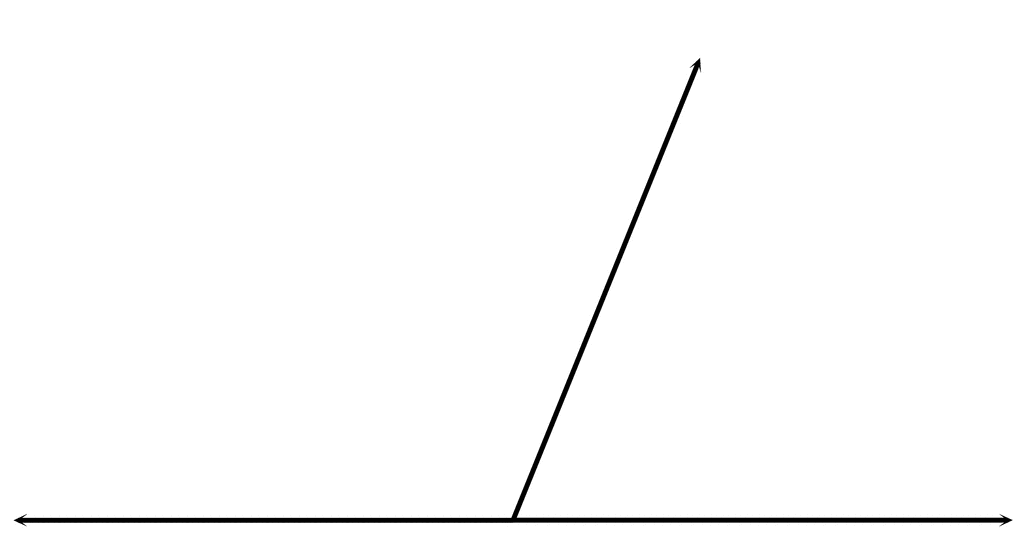

Congruent angles are two or more angles that have the same dimension. When two congruent angles add up to 180º, each angle contains 90º and forms right angles. When two congruent angles form a linear pair, the angles are right angles. „Two angles are complementary angles if their sum is 180 degrees.“ A linear pair forms a right angle that contains 180°, so you have 2 angles whose dimensions add up to 180, which means that they are complementary. Therefore, the requirement for additional angles is that the 2 angles correspond to 180 degrees. Additional angles are 2 angles that have the sum of 180 degrees.

Complementary angles are two angles that add up to 180 degrees.

Complementary angles have two characteristics: only two angles can add up to 180 ° – three or more angles can add up to 180 ° or 2 radians, but they are not considered complementary. Set of linear pairs: If 2 angles form a linear pair, then they are complementary Therefore, we can conclude that the requirement of additional angles „the sum of the angles must be 180 degrees“. To determine the add-in, subtract the specified angle of 90.
#Supplementary angle of 40 degrees how to#
Of course, the three angles of a triangle can total up to 180 degrees, but there are three angles in a triangle, so they are not complementary! Then the question arises, how to find complementary and complementary perspectives? To determine the surcharge, subtract the specified angle of 180. Please use the tool below to link back to this page or cite/reference us in anything you use the information for.Remember that only a pair of angles can be complementary. We cover the criteria for supplementary angles, how to find them (which is an expansion of the above calculation), the properties of supplementary angles, the different types, and lots of examples to work through. If you want to learn more about the theory of supplementary angles and how they differ from complementary angles, we have a blog post that might help. If you'd like some ideas of angles to calculate, take a look at the random list in the sidebar and try to solve them without checking the answer first. Give this a try for yourself and try to work out the supplementary angles of any given angle which is less than 180°. This means that the supplementary angle of 140 degrees is 40 degrees. You should now be able to see the answer to this problem forming, as we just need to deduct 140 from 180 to get our supplementary angle: Let's rearrange the equation using algebra to work out the supplement of 140°: What we need to do is solve this equation so that we can find S, the supplementary angle. We know that the supplementary angle added to the given angle of 140° equals 180 degrees. To start with, let's set up the problem we are trying to solve as an equation.

This is a very simple problem to solve, and we can work out the supplement of 140 degrees using some basic algebra. In this example, we are trying to calculate the supplementary angle for the given angle of 140 degrees. What is the Supplementary Angle of 140 Degrees?Ī supplementary angle is the angle which produces a straight line of 180° when added to the given angle.


 0 kommentar(er)
0 kommentar(er)
